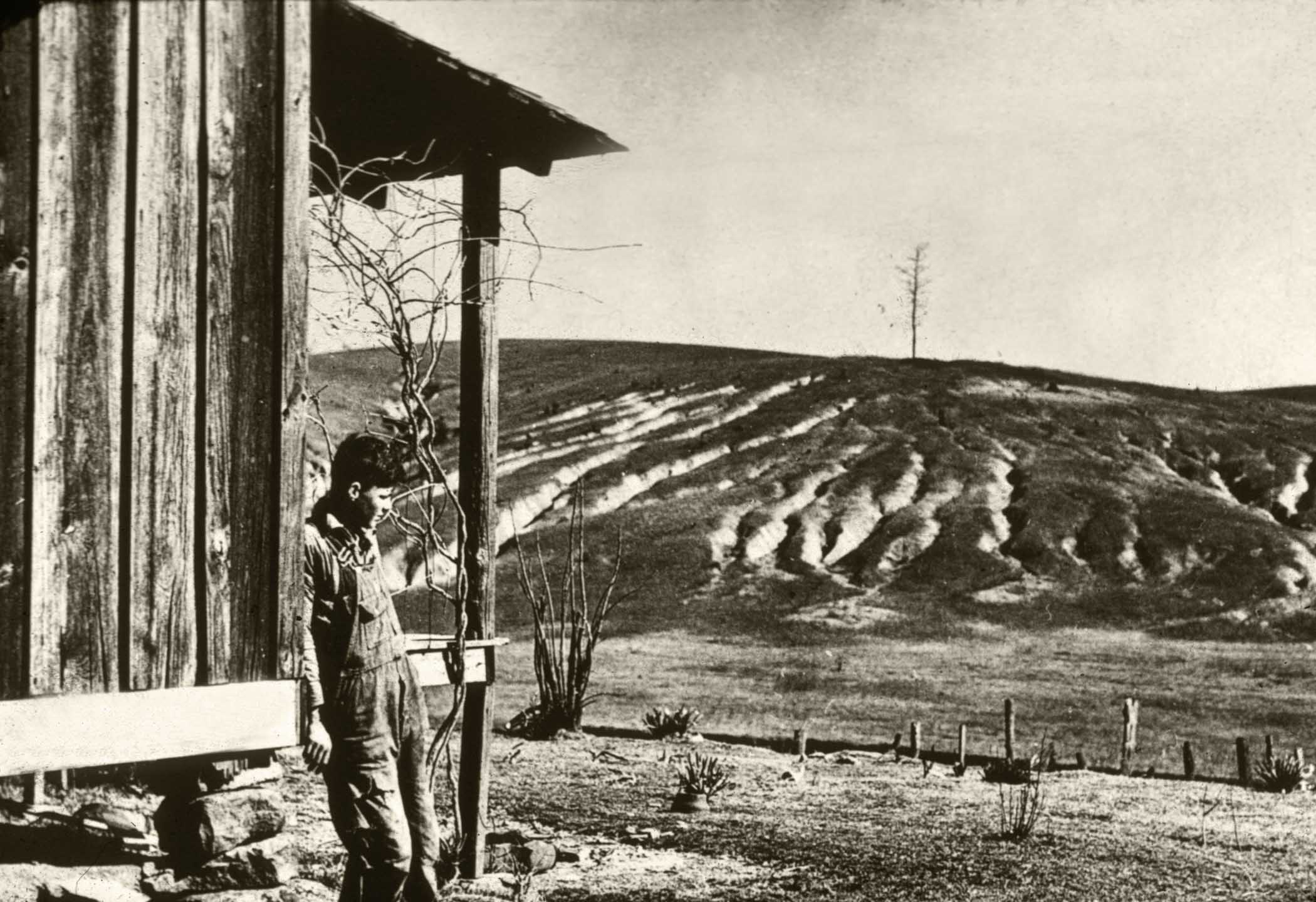
Dramatic human-caused changes in land cover between 1850 and the 1930s had a substantive effect on the 1930s Dust Bowl drought in the Great Plains, a new study by University of Nebraska-Lincoln researchers finds.
Atypical summer precipitation patterns in the central United States are influenced by sea surface temperature anomalies, such as El Niño or La Niña, in the Pacific Ocean, and by those in the Northern Atlantic. La Niña has been a typical driver for drier-than-normal conditions leading to drought.
“But we show those anomalies are not the full story,” said Qi Hu, lead on the study funded by the National Science Foundation, and professor with the School of Natural Resources and Earth and Atmospheric Sciences Department. “We show that land cover is equally important in magnitude as sea surface temperature anomalies. It can cause and prolong severe drought, even without SST forces at play.”
For the study, published in the American Meteorological Society’s Journal of Climate, Qi Hu and researcher partners Matthew Van den Broeke, associate professor with EAS, and Jose Torres-Alavez, EAS graduate student, tracked down available data on land cover in the Great Plains for 1850 to 1935. They found 46 percent of native grasslands and 75 percent of savannas in the Great Plains had been plowed under and converted to dryland cropland and pastures by the early 1930s.
They then designed climate model simulations to quantify the effect of such land cover change on summer precipitation. “The results all showed the same thing: Reduced summer precipitation in the Great Plains” during the Dust Bowl years, Hu said. “The ’30s land cover was the dominant cause for there wasn’t any strong or persistent La Niña in the ’30s and the North Atlantic was fairly quiet, too.”
The researchers hypothesize that the change in land cover altered the surface pressure distribution from the central United States to the east, effectively weakening the jet stream that brings moisture to the Plains from the Gulf of Mexico.
“It undercut the moisture supply to the region,” Hu said. “With no supply, there was no rain.” And the intensity of the Dust Bowl drought worsened, eventually causing nearly 2.5 million people to flee the drought-stricken states of Texas, New Mexico, Colorado, Nebraska, Kansas and Oklahoma in the largest migration in American history.
Hu noted further research would be needed to gain more insight into what initiated the drought of record for the United States. But what they do know is that this research links human-induced land cover changes with an effect on the living environment, and they recommend carefully-thought policies on land use to potentially prevent disasters of magnitude as the Dust Bowl drought.
Listen to IANR Vice Chancellor Mike Boehm talk to KRVN's Bryce Doeschot about this study.
Shawna Richter-Ryerson, Natural Resources